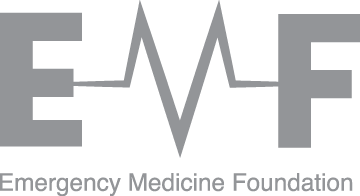
Ketamine: a new option for sedating violent patients in the ED
Research by Australian toxicologists raises the possibility of sedating violent patients in emergency departments with the anaesthetic, ketamine.
The research team looked at using the drug on patients who hadn’t responded to front-line treatments.
While ketamine is normally given to patients undergoing surgery, the team showed using ketamine intramuscularly was also highly effective for the rapid control of agitated and violent patients.
Research team leader, Dr Geoff Isbister of the Clinical Toxicology Research Group at the University of Newcastle in Newcastle, told Science Daily: “Difficult to sedate patients with behavioural disturbances are highly problematic for emergency department staff.
“Although such patients are uncommon, they cause significant disruption and danger to emergency department staff and consume time and resources required for other patients. Ketamine is a reasonable third-line agent to use on these patients once other sedation options have been exhausted.
“Most agitated and aggressive patients in the emergency department will either respond to verbal de-escalation or oral sedation or be rapidly sedated with droperidol. For the small number who don’t, we have ketamine.”
The team published data earlier this year in the prestigious journal, Annals of Emergency Medicine.
This study was not funded by EMF. However, a member of the research team, Dr Colin Page from the Princess Alexandra Hospital, was awarded a $450,000 EMF research scholarship in 2014.
EMF has invested more than $150,000 into other projects investigating the efficacy of sedation using Ketamine with vulnerable groups, such as children and distressed patients in retrieval settings.
Read more about this research:
“Let’s ‘take ‘em down’ with a ketamine blow dart”
EMF-funded research by Dr Page
Ketamine research funded by EMF
Dr Page discussing the drug droperidol
SHARE



